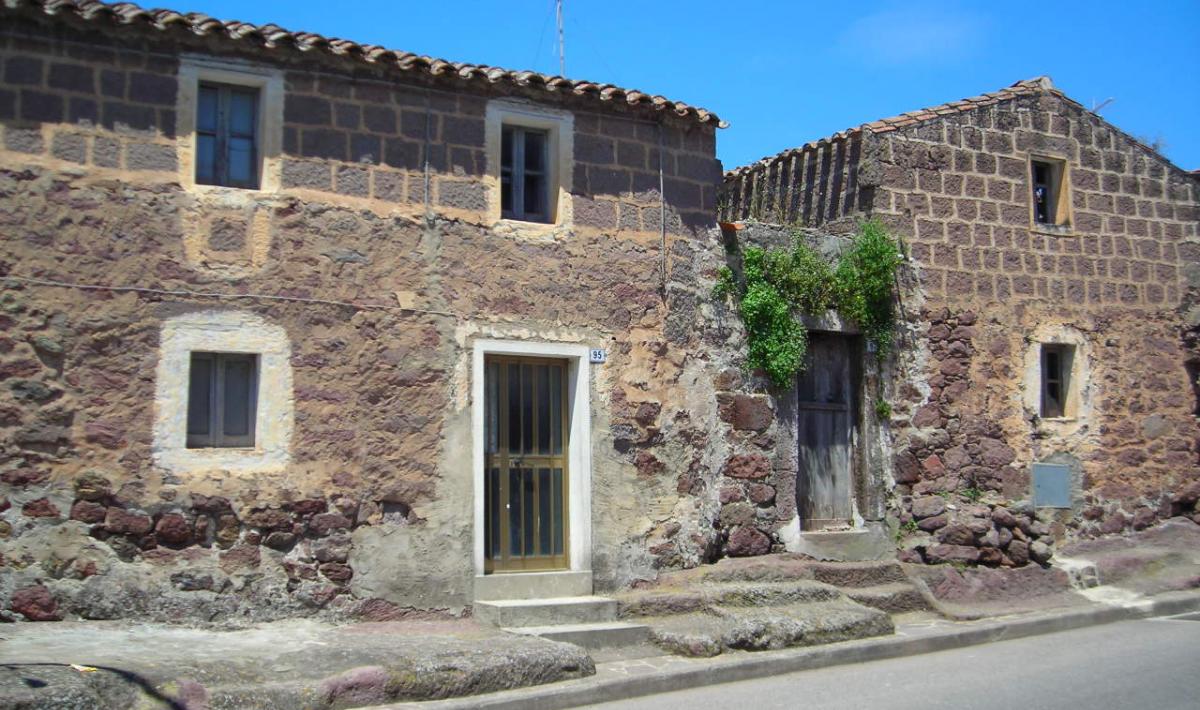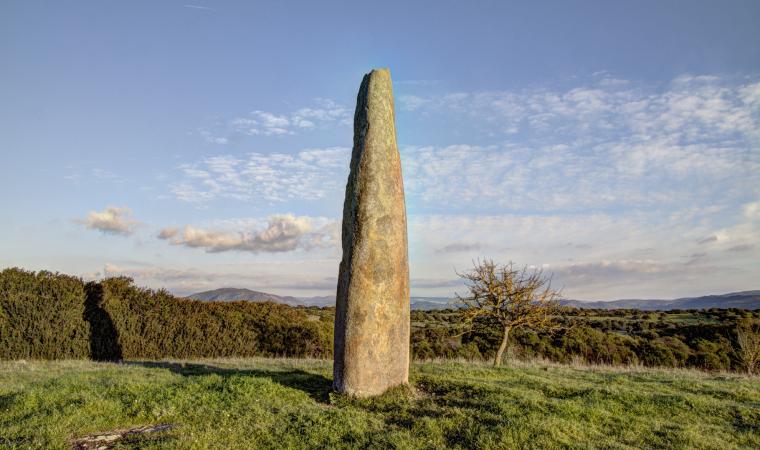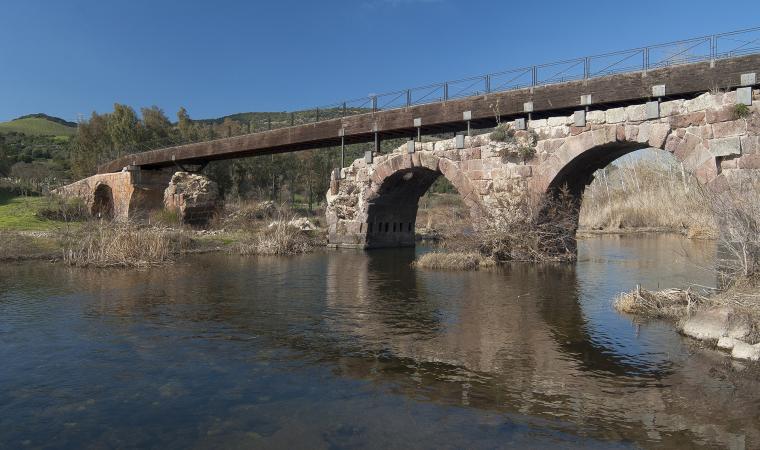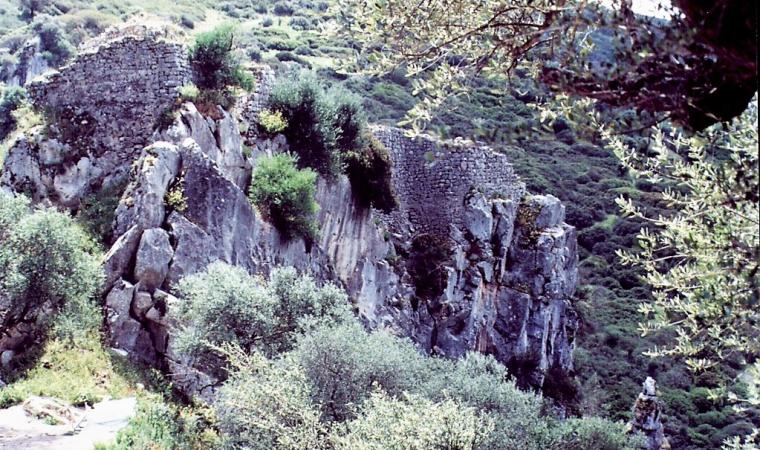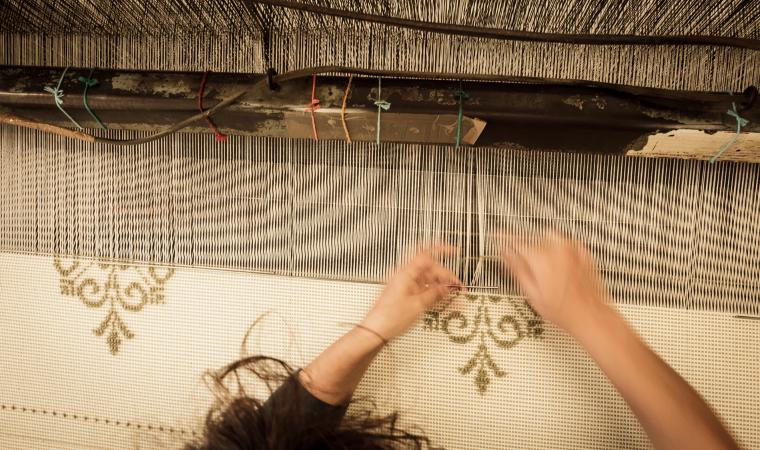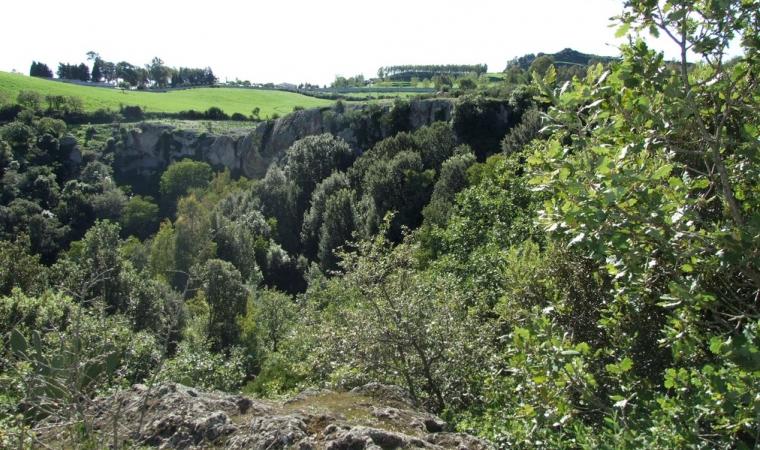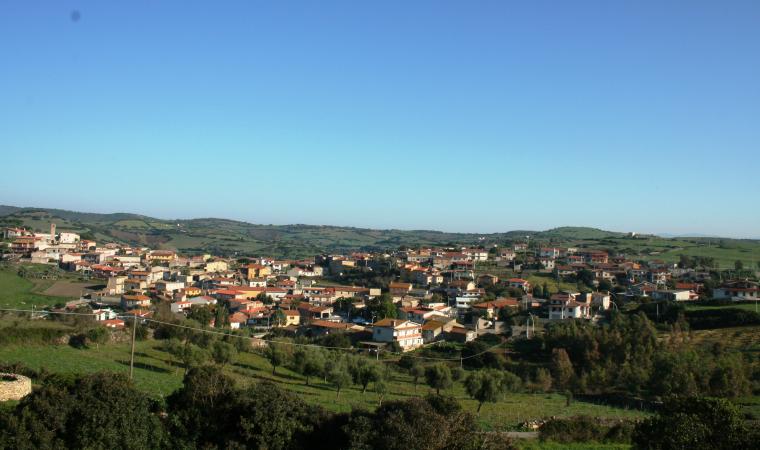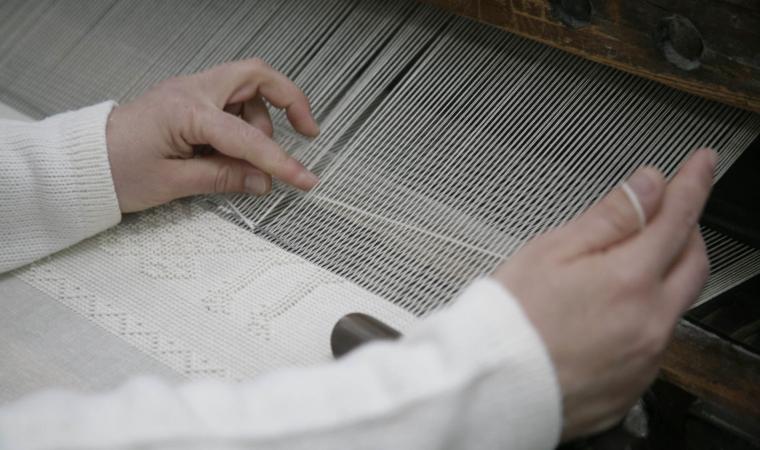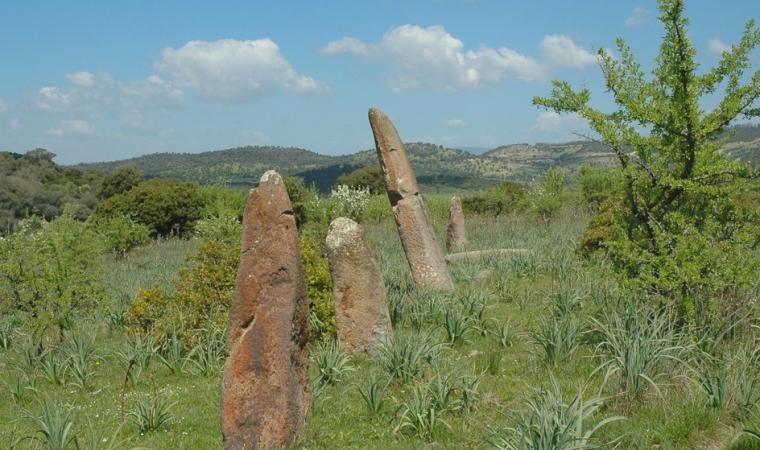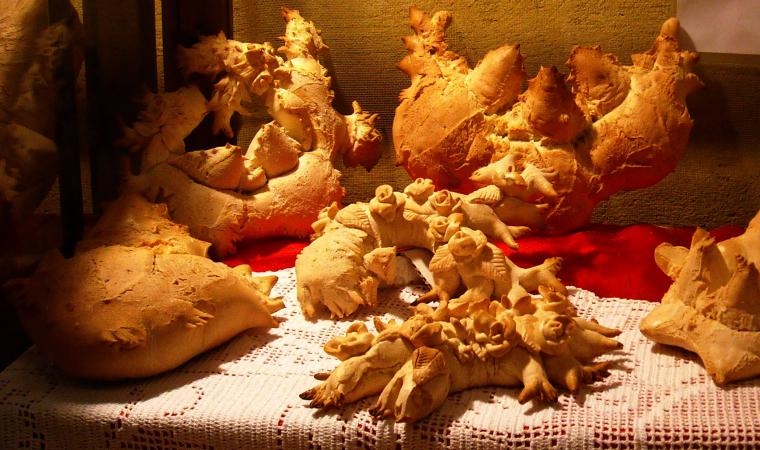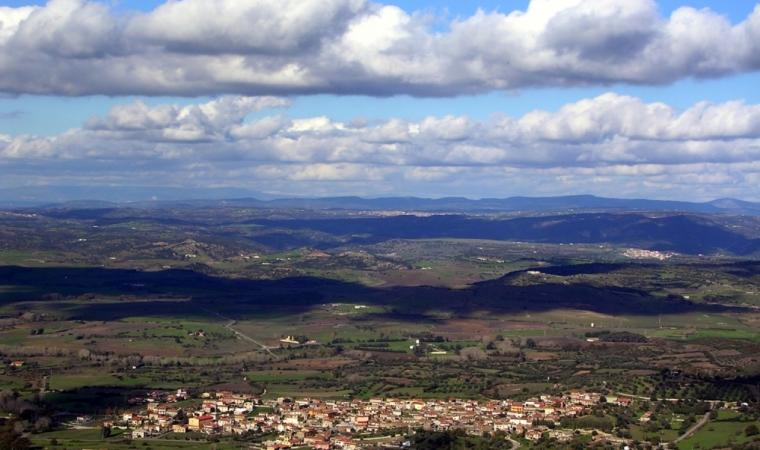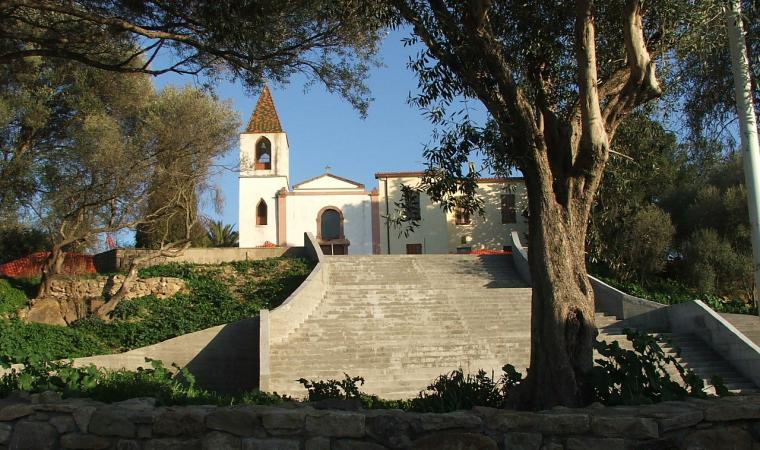The name means ‘ruins’, perhaps being those of the Roman village of Ghentiana, where the Byzantines built the Chiesa di San Teodoro. Ruinas is an agropastoral town with less than 700 inhabitants in the upper Marmilla region, in particular of the historical area of Brabaxianna (the gate of Barbagia), bordering Mandrolisai. It stands on a plateau 350 metres up, separated from Samugheo by the river Araxisi, a major tributary of the Tirso, which flows in a lush valley amidst tamarisks and rocky walls, forming various ponds. To the west of the village stands the imposing Monte Grighine, at almost 700 metres in height, a massive perhaps once dedicated to the worship of the goddess Diana, a symbol of virginity. Numerous springs arise here, including Santu Teru, Botta ‘e Corongiu and Abbadda, which render the territory particularly lush.
The village is characterised by irregular streets, overlooked by red stone houses with artistic portals. The architraves and jambs of the fixtures hark back to the Aragonese period. Excellent cheeses and meats derive from the farming. Still commonplace is the tradition of making bread at home, daily and for festivals: crivaxiu, coccoi, fogazza, ladighedda de scetti. Other ancient customs are textile production, cork processing and the art of weaving. Also remarkable is the extraction of the trachyte, in which the territory is rich, used to create works of art. The wall of the parish church of San Giorgio Martire is also in stone, standing midway along the Monte San Michele and dominating the town. In the 13th century, it was merely a chapel. Today called ‘del Carmelo’, it preserves Romanesque motifs. Between the 17th and 18th centuries, the building was significantly enlarged, before being completed in the second half of the 19th century. Subsequent restorations have not modified the structure. The patron saint is celebrated in mid- to late-August with a procession of traditional costumes, knights and floats, accompanied by the melody of the launeddas and by is coggius (liturgical chants). Religious celebrations are associated with musical meetings for emerging groups and the folklore festival. Four kilometres from the village stands the Chiesa di Santu Teru (San Teodoro) of Byzantine origin, built in the 15th century and restored several times. The patron is celebrated in mid-May with a procession from the parish church to the church atop a plateau, from which boundless panoramas can be admired. It is said that San Teodoro, San Lussorio di Fordongianus and Santa Susanna di Busachi were ‘sister’ churches and that they could observe each other from their heights. Near the sanctuary are the ruins of the Roman station of Ghentiana (or Gennana) to be admired. From the same period are a necropolis, a sarcophagus, funerary stones, and the remains of roads and ceramic findings. The territory was frequented by the Neolithic, as is proven by the various Domus de Janas, some painted with ochre and decorated with taurine protomes. Dating back to the Eneolithic is a statue-menhir and to the Bronze Age, various Nuraghe structures, including the Nurampei.

